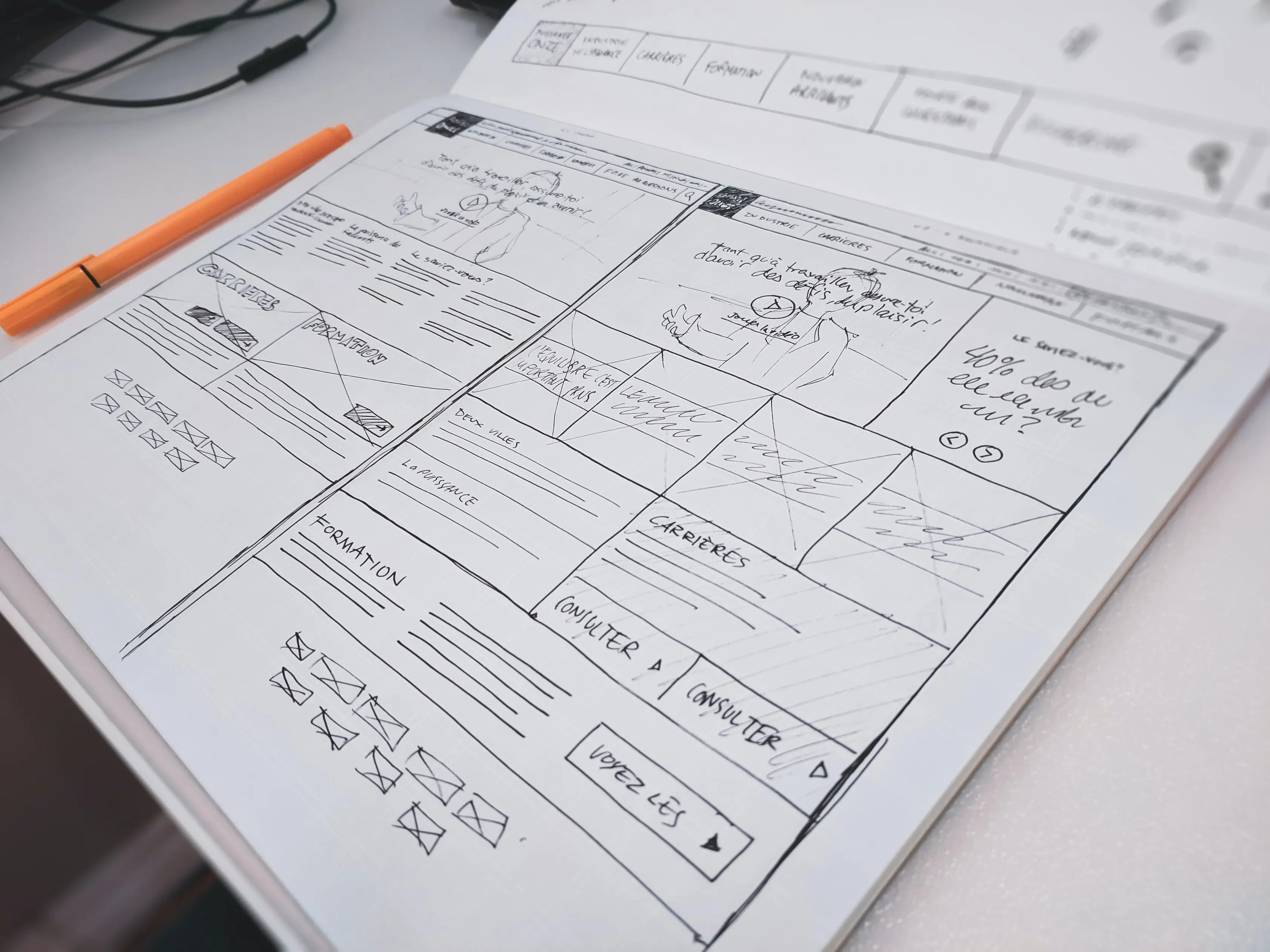Image from Patrick Perkins from Unsplash
Definition: In a Thinking Aloud test, you ask test takers to use the system while thinking aloud all the time - that is, they simply verbalise their thoughts as they move through the user interface. - Jacob Nielsen
Think-aloud protocols are a common method in usability testing, where users think out loud while performing a series of set tasks. Users are asked to say everything they see, think, do, and feel at any given moment. According to Nielsen, this method serves as a window into the user's mind and helps us find out what users really think about our designs and what their expectations are. In this way, insights can be gained that are not easily obtained through simple observations.
Two types of think-aloud protocols are used in UX research: Concurrent Think-Aloud, in which participants verbalise their thoughts during a task, and Retrospective Think-Aloud, in which participants verbalise their thoughts after a task.
Despite the value of think-aloud sessions, analysing the data can be a tedious process of reviewing sessions (often repeatedly) to determine when users are having problems. Researchers have attempted to simplify this process by developing classification schemes. For example, a
study by Cooke identified five main categories of user verbalizations:
- Reading: Reading instructions or words on the screen/product Procedure
- Procedure: Describing current or future activity
- Observing: Observing the product or the user's behaviour
- Explaining: Explaining to the user the reason for their behaviour and providing insight into their motivation
- Other: utterances that do not fit into the above categories
In addition to what people say, speech features (i.e., how people say it) can be helpful in identifying usability problems. Some examples of speech features include pitch, rate of speech, volume, and mood (emotions expressed through speech). Research has shown that speech features can reveal a user's mood during testing or be signs of high cognitive load.
For example, hesitant speech (e.g., increased use of verbal filler words such as uh, uh, uh, you know) and slower rate of speech are associated with increased cognitive load. One possible explanation for this is that users try to compensate for the increased mental demands of the task by paying more attention to it, which causes them to speak more slowly, hesitate, or remain silent. The pitch of the user's voice can also be revealing. For example, a higher pitch may be associated with excitement or surprise.
Examining users' verbalizations and the way they speak during think-aloud sessions can be indicative of UX issues.
What does this mean for practitioners?
The research suggests that the following points should be considered when analysing data from think-aloud sessions:
- The Observation category is the biggest indicator of UX problems. When users encounter a problem with a product, their expressions tend toward the "observation" category. UX Researchers can identify problems when randomly examining a segment labelled as the "Observation" category with about 50% accuracy. Although this suggests that the Observation category is the biggest clue to usability problems, information from other categories should also be considered to increase the chance of identifying potential problems.
- Speech rate, volume, and pitch are indicators of UX problems. If users verbalise their thoughts in high volume, high pitch, or slow speech rate, they are more likely to have encountered a usability problem. It is important to include these details in transcripts of think-aloud sessions.
- Negative expressions are most likely to indicate problems. Users tend to express negative feelings more often when they encounter problems.
- Research has shown that older and younger adults differ in their task completion of Think Aloud sessions. Older adults (aged 62) tend to comment on test items relatively more often than younger adults (aged 16to 26), but do not talk as much about what they see and what they do as young adults. Although a low rate of speech in young adults is indicative of UX problems, this is not the case in older adults. This is something that needs to be considered when working with participants from different age groups.
When using the think-aloud protocol, both what users say and how they say it can reveal UX problems. As UX practitioners we should be alert to participants making observations, using negative sentiments and when they increase or decrease the volume of their voice, pitch or rate of speech.


